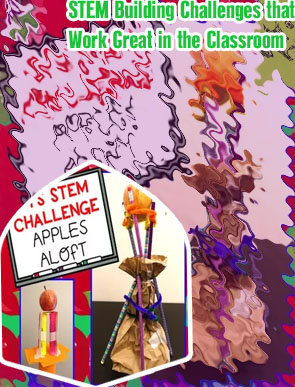

- Law definition science
- Stem activities space
- Bio science meaning
- Stem grants
- What are some good science fair projects for 6th graders
- Kindergarten science fair projects
- Easy stem projects
- Chemistry meaning in science
- Stem science for preschoolers
- Stem programs near me
- Actuarial science and mathematics
- Science and engineering
- Science technology and engineering
- Meaning of materials in science
- Astronomy science fair projects
- Stem science
- Math and science summer programs
- Actuarial science course
- Easy science fair projects
- Good science fair projects
- Mathematics for social science
- Science exhibition board decoration
- Science projects for class 7 working models
- Science grants for schools
- Physical science definition
- Geodesic dome science fair project
- What is stem field in science
- Science and technology
- Science fair projects for class 10
- Science fair chemistry projects
- Stem
- Science fair projects
- Stem science projects
- Biology working models for science exhibition
- Stem life science
- Kitchen science experiments
- The academy of motion picture arts and sciences
- Night life academy of sciences
- Elementary science projects
- Organic definition in chemistry
- Baseball science fair projects
- Coding science fair projects
- Academy of science
- Science fair baking projects
- University of agriculture science
- Life meaning in science
- Science fair volcano
- Master of science in finance stem
Fun stem activities
Why Middle School STEM Programs Are Essential
In this activity, students will discover convection currents through mixing hot and cold water. This activity could be used as a discussion starter on heat transfer, thermal energy, and Earth’s systems. Students can learn about conduction and radiation through the Radiated Marshmallows activity. Stem activities at home Marble mazes are one of students’ favorite STEM activities! You can provide supplies like straws and paper plates for their project. Or let them use their imaginations and create marble mazes from any materials they can think of.
Hands on stem activities
For nearly a year and a half now I have been teaching STEAM classes for homeschoolers. (STEAM is an acronym for Science / Technology / Engineering / Art / Math.) Rocket Activity: Heavy Lifting As you can imagine, there are tons of STEM activities for all ages floating around out there. You might be wondering how to find more ideas that are age-appropriate for the kids in your life. A big part of that is understanding early childhood development yourself. When you know more about the way young children learn, you might have the inspiration to create a few activities of your own!
STEM Activities for Kids for Every Season, Grade, and Holiday!
STEM Activity Videos from Let's Talk Science Outreach Hands-On STEM at home In this round-up of STEM activities and STEM Challenges, you’ll find various topics and skills the kids use.